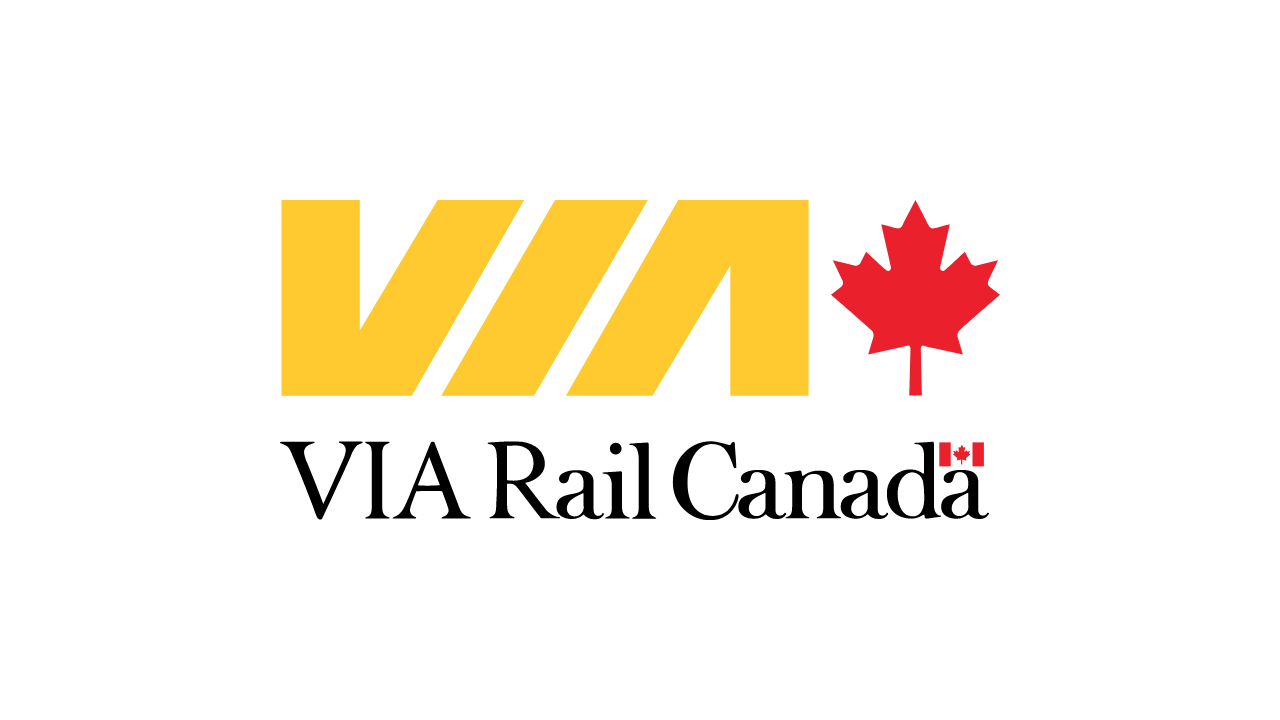Project Description
Via Rail Canada is a Canadian Crown corporation that is mandated to operate intercity passenger rail service in Canada. After many years of planning, VIA had to upgrade its train fleet, transactional systems and ecommerce website. Many of the existing features of their legacy systems had to be ported over to the new ones.
As this project started during the pandemic, all work was planned to be done remotely until the end of the project.
User Experience
Challenges
After many years of planning, VIA had to upgrade its train fleet, transactional systems and ecommerce website. Many of the existing features of their legacy systems—such as customer booking trips and purchasing products online, call-center agents managing customer and B2B partner requests, train station agents handling baggage systems—had to be ported over to the new system.
However, many of those features either were custom-developed for the legacy systems, and it could sometimes be difficult for stakeholders to differentiate if their processes had been in place because of those legacy features, or because of their actual needs.
Functional specifications were the basis for how instructions and designs were provided to Developers. As such, the content designers—UX Designers, Graphic Designers, and Copywriters—structured their work in the same manner.
The development service providers required documentation for their production to be delivered as static files (PDF), so that there could be a fixed point onto which Developers could base their work, as opposed to a document that could evolve without warning (e.g. Axure and XD files).
Investigation
In partnership with Business Analysts and Graphic Designers, we ran many brainstorm workshops—live wireframing, scenarios—with the stakeholders and Product Owners to ensure a common understanding of the need, and thus what to design.
At intervals, progress would be presented to some agents to gather feedback and realign accordingly.
Unfortunately, instead of discussing features for a whole user journey, teams were assigned a step in the journey. From that viewpoint, they would design all the variations that could occur in that step, sometimes taking into account only the theoretical situations that could occur, and not the impact a previous or following step could have in a user journey. These silos were also present in how Designers would work, causing some contradictions in design decisions, and sometimes gaps in understanding between the steps of the many user journeys we had to design.
Our work was meant to also serve as an archive for either when future VIA Rail employees would take over consultants' work to maintain the website, or for potential future audits. We discovered it was difficult to navigate through design documents for those who did not participate in the project, and thus did not know about how the work was divided.
Solutions
For many of the features we designed, we probably redesigned them a dozen times as we discovered new business requirements, technical or legal restrictions, or that whatever we designed did not work with actual product configuration and details.
To ensure an easier sharing of our designs, I supervised a deep overhaul of the project's Design System. One of the issues Developers and other consumers of the Design System previously faced were the many spelling errors and wrong terms used to defined elements. Most of the Designers were almost unilingual in French, and the documentation was delivered in English. I ensured to correct and standardize the naming convention, as a Design System is a communication tool. Additionally, I ensured every state of interactive elements was clearly documented. Finally, I ensured that the Design System complied with accessibility requirements.
Approaching a project of that size, as a Designer joining the team, or as any other stakeholder, could be difficult, or at least daunting. To remedy that and help the onboarding, I documented the many design processes in a "UX Design Practices", a set of heuristics that encompassed both functional, accessible, and graphic consideration to ensure that the myriad of screens to be created would have consistent behaviours and would take accessibility into account.
Due to an NDA, it is not possible to provide additional details or visuals concerning the solutions I designed.
Credits
- UX Design: Kathleen Gurrie, Julie Richard, Marco Gervasio, Mat Janson Blanchet, Maxime Croteau, Francine Sylvestre, and more
- Graphic Design: Sébastien Vallée, Audrey Georgelin, Lindsey Tropea
- Business Analysts: Pascale Delisle, Mélissa Andrianaivo, Danilo Angarita, Olivier Bataille, Olga Farehki, Diane Larocque, and more
- Product Owners: Bianca Courtemanche, Michelle Dugas, Kevin Mukuha, Brigitte Brissette, and more
It is unfortunately impossible to list everyone, as there were dozens of people working on this project, from various domains. I have not worked with all of them myself, and I certainly cannot take the credit for all the design work done on this project.
All copyrights and products belong to their respective owners.
Role
UX Design, Business Analysis
Context
While hired for UX Design consulting on behalf of Emjibay Productions
Circa
2021-2023
Project Link
- https://reservia.viarail.ca/
